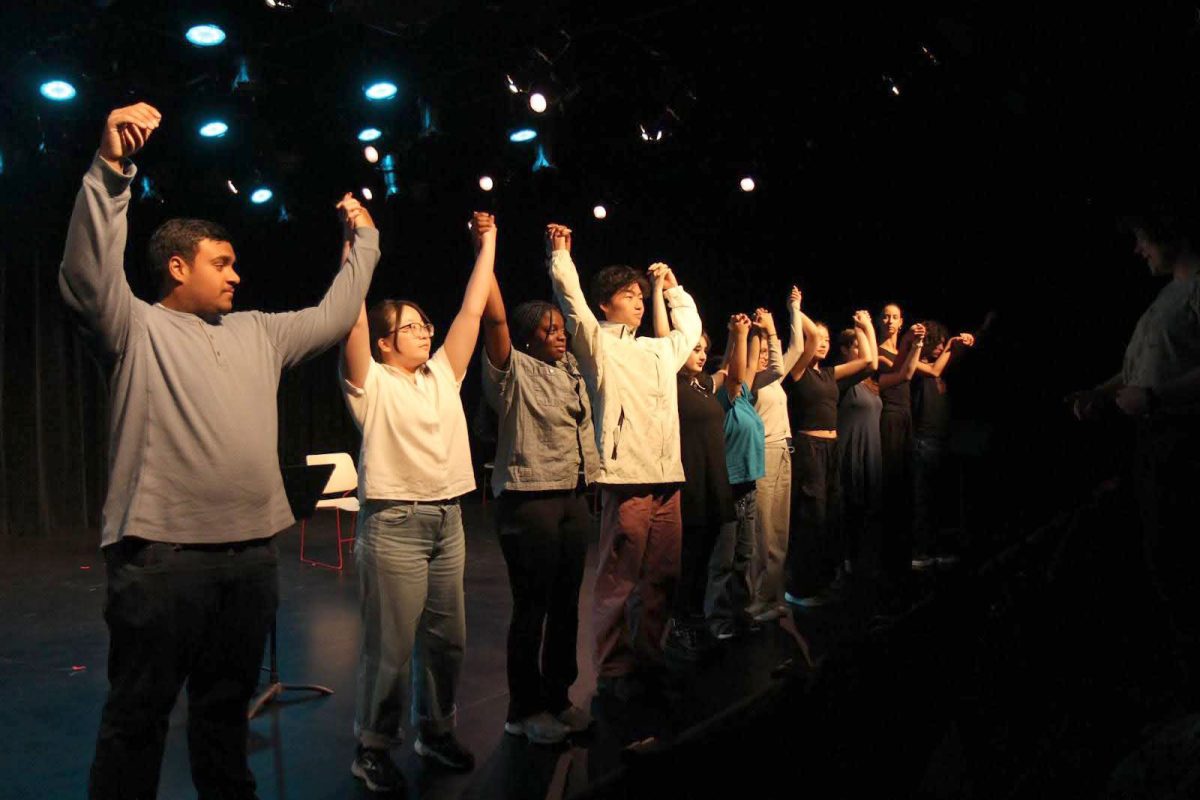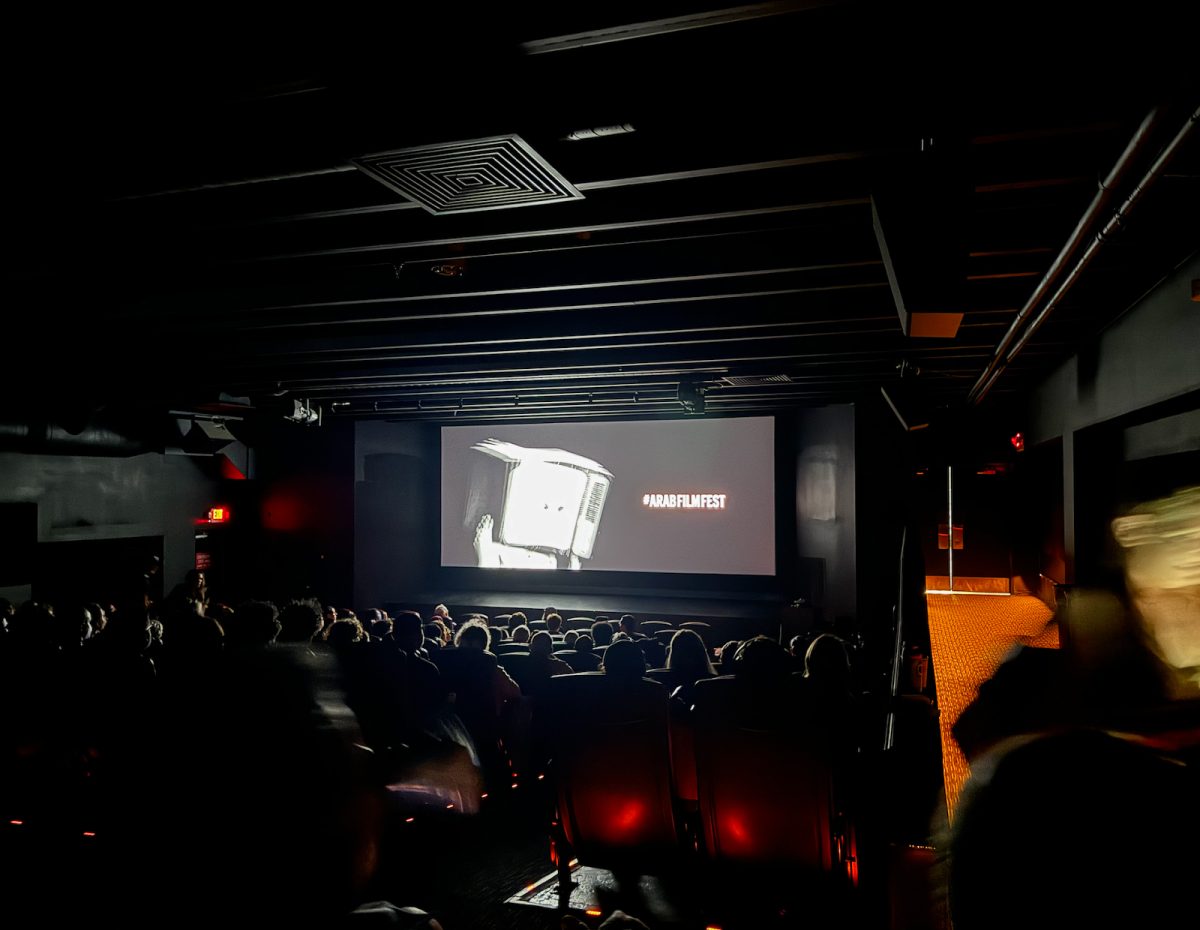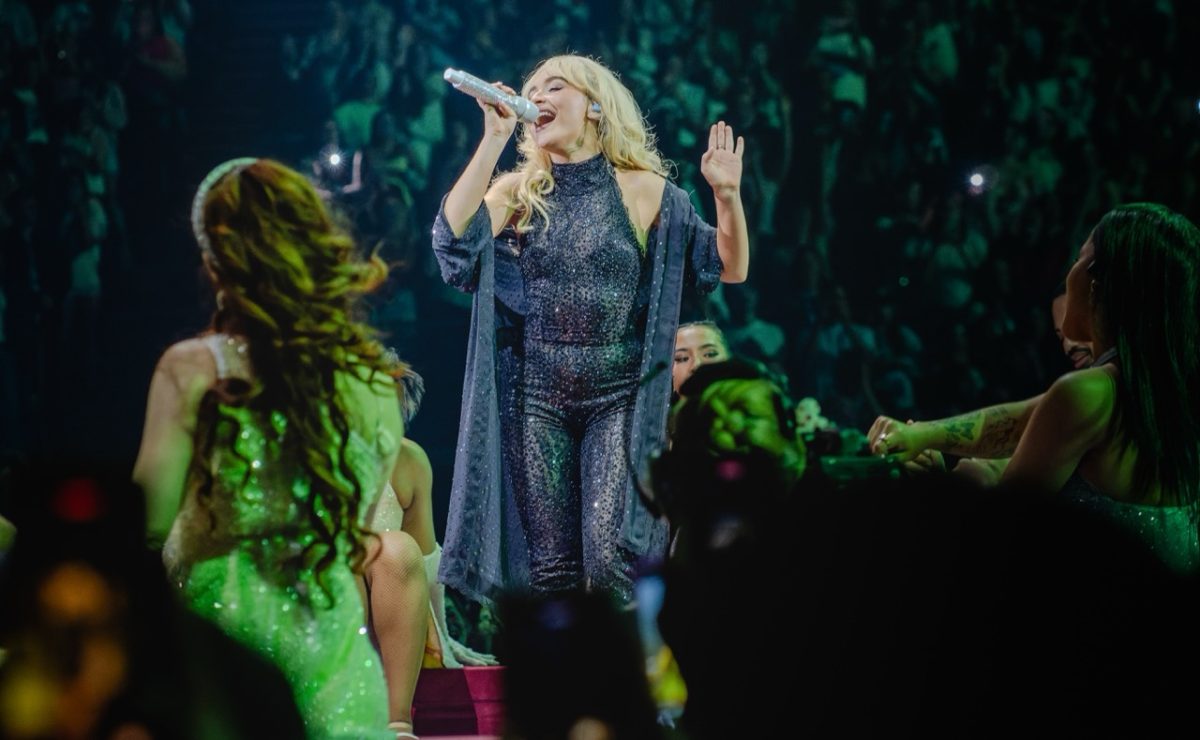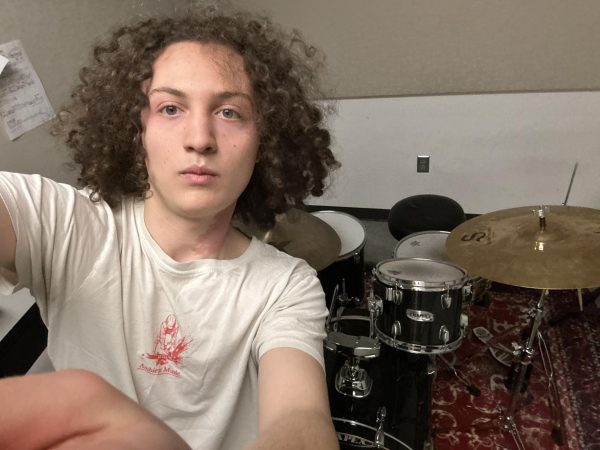In December 2022, Macalester Professor of history Dr. Walter Greason was approached by the New York City Department of Education (NYCDOE), who asked him if he would be interested in developing an educational graphic novel about the history of hip-hop. Immediately, Greason contacted comic illustrator Tim Fielder, a former collaborator, asking if he would be interested in collaborating on this project. Once Fielder said yes, The Graphic History of Hip-Hop entered production.
The following year, Greason and Fielder released a 24-page comic describing the story of hip-hop through the lyrics of artists and groups like Grandmaster Flash and Salt-N’-Pepa. Upon publication, the comic was immediately met with praise from students and educators alike.
“We went to a middle school and the middle schoolers literally climbed over the tables at us and … demanded that we give them all our copies and … sign them all for them,” Greason recalled. “For me, I’ve spent my whole career trying to build educational projects that people get excited about. I had never anticipated a moment where the students would jump over the furniture to get more and the teachers are all celebrating.”
Greason and Fielder kept working on the project, transforming it from a single-issue booklet into a full-length graphic novel, which was eventually released in April 2024. The book chronicles the story of hip-hop and showcases the development of the genre from the early 1970s to the mid-2000s, placing hip-hop music within national and global struggles between racist and anti-racist movements. As an example, Greason pointed out that the hip-hop group Arrested Development was making hits in Atlanta while, in South Africa, Nelson Mandela was being released from prison.
“What I do as a historian,” Greason said, “is … connect your personal experience and memories to the larger changes in the world, which almost no one thinks about as we’re living our lives.”
Greason believes that graphic history is a uniquely powerful way of capturing historical experiences. With this book, he wanted to highlight the ways that works like graphic novels and comic books can bring history to life.
“The more visceral we make the history, the more powerful the lessons people learn about it. And that’s why I was very excited when [NYCDOE] asked me to put together a graphic novel,” Greason said.
The decision to teach about hip-hop using comic books was not arbitrary: comic books and graphic novels have had a special place in shaping the professor’s path in academia.
“For me personally, I learned to read before I ever saw a comic book, but my love of reading came from reading comic books. And so comics were the way that I learned to appreciate novels and well-written characters, the descriptive scenes that authors put together,” Greason said. “But I started reading all the formal scholarly material [in graduate school] that I needed to be a historian. And what I ended up realizing over time, teaching multimedia in history, is that it’s not enough just to read the words; you need to ground yourself in the experiences of the people you study.”
As Greason grew up, he transitioned away from the big band jazz and soft rock music that his father played for him, becoming increasingly interested in artists like Utfo, The Sugarhill Gang, DJ Red Alert and Fat Boys. The connection between comic books and music has been natural for Greason, who grew up in the New York metropolitan area, as these major players in the emerging genre of Hip Hop and R&B began to carve out their space in the American musical landscape.
“For me, [Hip Hop and R&B] was very much like a sonic version of what comics were doing,” Greason said.
Now, Greason sees comics reflecting the need for new ways of thinking about traditional topics in academia and society as a whole. This is a problem that he challenges his students to consider every day in the Mac classroom.
“Macalester is uniquely well-positioned to break out of old bad habits that don’t work anymore,” Greason said.
From biology to the world of macroeconomics and data science, Greason would like to see more classrooms that push students to challenge academic assumptions and explore creative solutions to real problems.
With that in mind, Greason structures his classes for students in a certain way:
“The first month is all about learning the field,” Greason explained. “The second month is then learning about the limits of the field … And in the last month of class, the students are then creating, not research papers, although they can, but they’re creating documentaries, they’re creating albums, … they’re using all kinds of different art to express the historical knowledge that they’ve acquired. And that’s a really valuable thing.”
Greason has completed various other works toward new ways of thinking. He has had multiple publications in the Oxford University Press but takes just as much, if not more, pride in his revolutionary exploration of Black families in “The Path to Freedom: Black Families in New Jersey” (2010), and his work with Marvel Comics designing the urban infrastructure for Wakanda, the fictitious Afrofuturist nation featured in Marvel’s Black Panther franchise.
A second volume of “The Graphic History of Hip-Hop” is set to be released in the summer of 2025. A third volume is also in production but does not have a release date yet.








